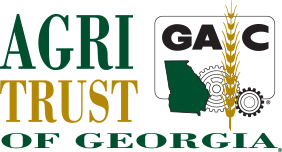Preventing Backover Incidents
A backover incident happens when a worker is struck by a backing vehicle. This month's Safety Alert shares vital information that may be used in preventing such accidents. Backovers can be caused by a variety of factors, including employees who are distracted or working in the vehicle’s blind spot, drivers who assume the path is clear, and faulty or inaudible backup alarms. Workers may also fall from a vehicle which then backs over them as it continues to move. Despite the wide range of causes, backovers are preventable with adequate planning, communication and technology.

